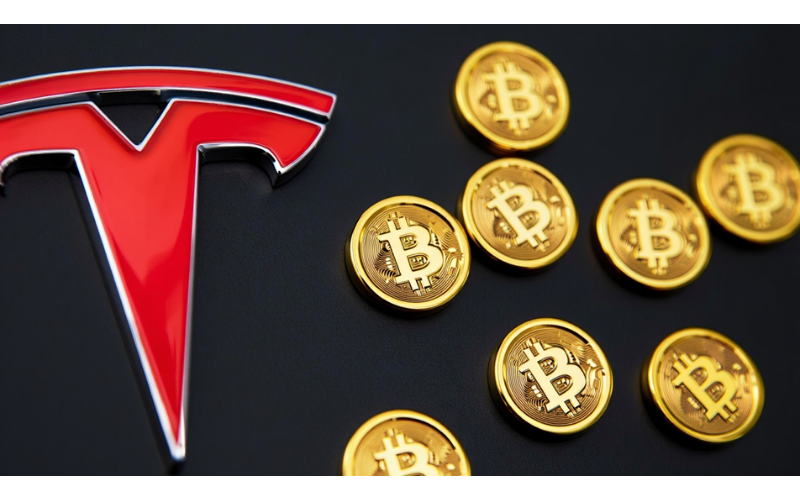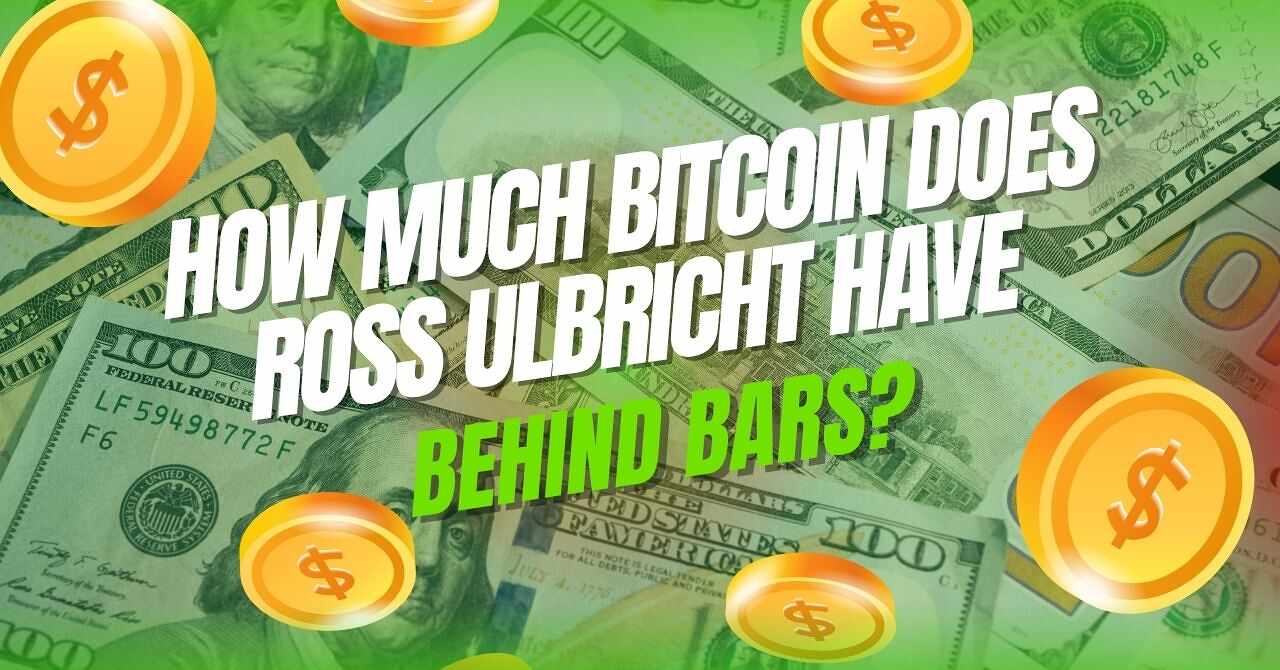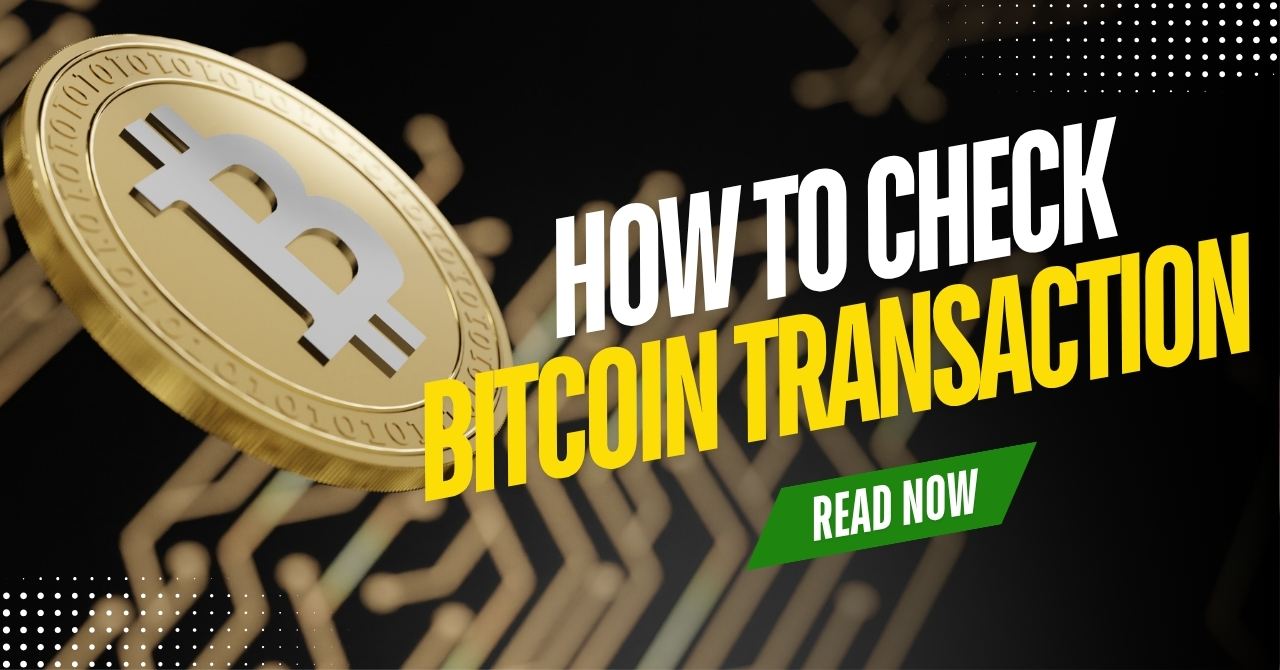In 2021, Tesla made headlines when it became one of the first major corporations to invest heavily in Bitcoin. This bold move caught the attention of both crypto enthusiasts and traditional investors, signaling growing institutional interest in digital assets. But as the crypto market evolves and Tesla’s financials shift, many are left asking: how many Bitcoins does Tesla own now?
For traders, shareholders, and crypto fans, understanding Tesla’s crypto exposure isn’t just curiosity it’s a lens into how large corporations manage risk and opportunity in the digital asset space.
If you’re wondering how many Bitcoins Tesla owns in 2025, how it impacts the company, and what it might do next this article breaks it all down.
1. How many bitcoins did Tesla originally buy?
Tesla’s journey into cryptocurrency officially began in February 2021, when it disclosed a $1.5 billion Bitcoin purchase in its SEC 10-K filing. At the time, Bitcoin’s average price hovered around $35,000, suggesting Tesla acquired approximately 43,000 BTC.

“We invested an aggregate $1.5 billion in Bitcoin under this policy and may acquire and hold digital assets from time to time or long-term,” – Tesla’s 2021 10-K filing
How Much Bitcoin Does Tesla Own in 2025
Blockchain analysts backed this number using on-chain data that traced a series of large transactions around the announcement period. This positioned Tesla as the second-largest publicly traded holder of Bitcoin after MicroStrategy.
In short, Tesla originally bought about 43,000 Bitcoins, valued at $1.5 billion in early 2021.
2. Has Tesla sold any of its bitcoin?
Not long after its major purchase, Tesla began adjusting its Bitcoin holdings. In Q2 of 2022, Tesla revealed that it had sold approximately 75% of its Bitcoin, which equaled around 32,000 BTC, netting about $936 million.
According to the company’s Q2 2022 earnings call, the sale was a strategic move to improve Tesla’s cash position during COVID-related shutdowns in China.
“We converted a majority of our Bitcoin holdings to fiat for a realized gain and increased liquidity,” – Tesla Q2 2022 Earnings Report
Despite this significant reduction, Tesla clarified that it was open to increasing its digital asset holdings in the future.
Tesla sold roughly 75% of its Bitcoin in 2022, retaining around 10,500 BTC on its balance sheet.
3. How many bitcoins does Tesla own now (as of 2025)?
As of 2025, how many Bitcoins does Tesla own? According to the most recent public filings and blockchain analysis from Glassnode and Arkham Intelligence, Tesla currently holds an estimated 9,720–10,500 BTC, worth approximately $600 million, depending on current market prices.
Since Tesla hasn’t updated its Bitcoin activity in recent 10-Q or 10-K filings, analysts rely on on-chain wallet tracking and expert estimates.
“Tesla’s remaining Bitcoin holdings continue to sit dormant, showing no on-chain movement for over a year,” – CryptoQuant Analyst Report, April 2025
The estimated BTC value fluctuates with market volatility. For instance, at $60,000 per Bitcoin, Tesla’s holdings would be worth over $630 million.
Tesla likely still owns between 9,720 and 10,500 BTC in 2025, according to public data and analyst estimates.
4. Why did Tesla buy Bitcoin in the first place?
Tesla’s decision to invest in Bitcoin wasn’t a random experiment it was a calculated financial and branding strategy that made waves across both the cryptocurrency and equity markets.
If you’ve ever wondered why Tesla bought Bitcoin and how that ties into the broader question of how many Bitcoins does Tesla own, the answer lies in a mix of treasury management, market positioning, and Elon Musk’s personal beliefs.
In early 2021, Tesla revealed through its 10-K SEC filing that it had purchased $1.5 billion worth of Bitcoin. The motivation? To diversify cash reserves and protect against inflation, especially amid record low interest rates and global monetary expansion caused by the pandemic. Bitcoin, often dubbed “digital gold,” was increasingly viewed by institutions as a hedge against fiat currency devaluation.

“Tesla’s investment in Bitcoin signaled a paradigm shift corporations were no longer ignoring crypto, they were embracing it.”– Nic Carter, Partner at Castle Island Ventures
This move mirrored the strategy of MicroStrategy, a business intelligence firm that became the first public company to adopt Bitcoin as a primary treasury asset. By aligning with this trend, Tesla wasn’t just protecting its cash it was sending a signal to Wall Street and Main Street alike: cryptocurrency is part of the future.
Tesla has bought more than 1.5 billion
But the story wouldn’t be complete without mentioning Elon Musk. The billionaire CEO has been a powerful voice in the crypto world, often influencing entire market cycles with a single tweet. In 2021, Musk famously said:
“When fiat currency has negative real interest, only a fool wouldn’t look elsewhere.”
– Elon Musk, Twitter (2021)
His statements underscored a deeper belief that Bitcoin could serve as a more efficient store of value than traditional currencies, especially in uncertain economic times.
Additionally, Tesla briefly accepted Bitcoin as payment for its vehicles a move that aligned with its reputation as a disruptor and innovator. Although the program was paused due to environmental concerns around how many bitcoin does Tesla own, it marked a turning point in how major corporations interacted with digital assets.
Tesla’s involvement gave credibility to Bitcoin as a legitimate financial instrument. When one of the world’s most innovative tech giants allocates billions to a decentralized digital currency, it adds reputation and trust to the entire crypto ecosystem.
“Tesla buying Bitcoin was like Apple endorsing a new internet protocol–it gave legitimacy to a technology many were still skeptical about.”
– Laura Shin, Crypto Journalist & Host of the Unchained Podcast
My Take:
Tesla’s Bitcoin strategy was bold but not irrational. It made perfect sense for a company with billions in cash reserves looking to maintain purchasing power. And when you add Elon Musk’s influence into the mix, it’s clear this wasn’t just about money it was about pushing boundaries and influencing global financial discourse. Whether you agree with the move or not, you can’t deny its impact.
In summary: Tesla bought Bitcoin to diversify assets, hedge against inflation, align with cutting edge financial trends, and tap into Elon Musk’s powerful crypto influence. Understanding this motivation helps contextualize how many Bitcoins Tesla owns today, and why it still matters.
View more:
- What is Moca Wallet? All essential information about Moca Wallet
- How to delete a EA account? 4 simple methods to remove EA from your platform
- What is a Payoneer Card? Complete Guide to Payoneer Card
5. How Tesla’s bitcoin holdings affect its financial statements
When analyzing how many Bitcoins Tesla owns, it’s equally important to understand how these holdings influence the company’s financial reporting and perceived value. Unlike cash or traditional financial instruments, Bitcoin presents unique accounting challenges especially under U.S. Generally Accepted Accounting Principles (GAAP).
Under GAAP, Bitcoin is classified as an “indefinite lived intangible asset.” This means that Tesla cannot mark up its value even if the market price of Bitcoin surges but must record impairment losses if the asset’s fair value drops below its carrying cost at any point in the reporting period.
A real world example: Tesla’s 2022 paper losses
For instance, during the 2022 bear market, when Bitcoin’s price plummeted to around $20,000, Tesla was required to record significant non cash impairment losses, despite not selling the Bitcoin. These write downs impacted Tesla’s net income and earnings-per-share, making the company appear less profitable-even though its operational performance remained strong.
“Tesla reported a $170 million impairment charge on its digital assets in 2022, despite Bitcoin regaining value later that year.”
– Source: Tesla 2022 10-Q Filing
This asymmetry in accounting leads to a disconnect between economic reality and financial reporting, particularly for companies holding crypto over the long term.

5.1 How other companies report bitcoin
Tesla isn’t alone. Tech companies like Block, Inc. (formerly Square) and MicroStrategy follow the same GAAP requirements. MicroStrategy, with over 150,000 BTC, has reported billions in impairment losses across bear markets despite holding the Bitcoin without liquidating.
These companies often clarify their “non-GAAP” metrics in investor reports to adjust for the unrealistic accounting impact. Tesla has also done this by providing adjusted earnings that exclude Bitcoin-related impairments, aiming to give investors a clearer picture.
“GAAP accounting for digital assets is outdated and misleading-it doesn’t reflect true value or strategy,”
– Michael Saylor, Executive Chairman, MicroStrategy, 2023
5.2 How it impacts the perception of Tesla’s bitcoin holdings
Even if you know how many Bitcoins Tesla owns, the financial optics can mislead shareholders. For example, in a quarter where BTC prices dip temporarily, Tesla’s reported earnings may take a hit despite no change in actual Bitcoin quantity or strategy. This creates artificial volatility in Tesla’s financials, which can affect investor sentiment and stock price movement.
Tesla’s Bitcoin Purchase Has Impacted the Company’s Finances
Knowing how many Bitcoins Tesla owns is only part of the story. You also need to understand how financial reporting rules can distort the real value of those assets.
Tesla’s Bitcoin holdings introduce complexity into its financial reporting due to GAAP’s impairment rules. While Tesla still owns thousands of BTC, these assets can appear as losses on paper masking the actual value and strategic intent behind the investment.
Learn more about Bitcoin:
6. Future outlook: will Tesla buy or sell more bitcoin?
As of 2025, Tesla has remained tight lipped about future Bitcoin plans. Elon Musk hasn’t made any recent public statements about buying more, and the company’s filings haven’t indicated further transactions.
However, Tesla’s evolving stance on crypto payments may offer clues. While the company accepted Bitcoin briefly in 2021 before halting due to environmental concerns, it has since embraced Dogecoin for select merchandise.
“Tesla will resume accepting Bitcoin when there’s confirmation of reasonable (~50%) clean energy usage by miners,” – Elon Musk, Twitter (2021)
Institutional interest in crypto is growing again in 2025, so Tesla may re-enter the market especially as ESG compliant Bitcoin mining becomes more common.
Tesla has not announced new Bitcoin purchases in 2025, but future moves remain possible depending on market and ESG conditions.
7. FAQs: how many bitcoins does Tesla own?
7.1 How much Bitcoin did Tesla buy in 2021?
Tesla purchased approximately $1.5 billion worth of Bitcoin in February 2021. Based on the average BTC price at that time, this equated to about 43,000 BTC.
7.2 Does Tesla still own Bitcoin in 2025?
Yes, Tesla still holds about 9,720–10,500 Bitcoins as of 2025, according to the latest available public data and blockchain tracking.
7.3 Why did Tesla sell some of its Bitcoin?
In Q2 2022, Tesla sold 75% of its Bitcoin holdings to raise liquidity during COVID-related factory shutdowns in China, netting around $936 million.
7.4 How does Tesla report Bitcoin on its balance sheet?
Tesla reports Bitcoin as an intangible asset under GAAP. If the price drops below the purchase value, Tesla must record an impairment loss-even if it later recovers.
7.5 Is Tesla buying more Bitcoin in the future?
As of now, Tesla hasn’t disclosed any new Bitcoin purchases in 2025. However, the company may re-enter depending on energy use trends and broader crypto adoption.
8. Conclusion: Tesla’s place in the crypto world
To answer the core question how many Bitcoins does Tesla own the best estimates as of 2025 put the number at around 10,000 BTC, worth over $600 million. From a bold $1.5 billion buy to a 75% sell off, Tesla’s journey in Bitcoin has been a rollercoaster.
This crypto exposure adds both intrigue and complexity to Tesla’s financial picture. For shareholders and crypto watchers alike, it’s a powerful case study in corporate risk-taking, volatility, and long term digital asset strategy. Tesla’s remaining Bitcoin holdings continue to shape how we view institutional involvement in crypto.
Want to stay ahead of the curve? Explore expert strategies and real time updates at VN-US Trade, and dive deeper into in our Bitcoin section.





